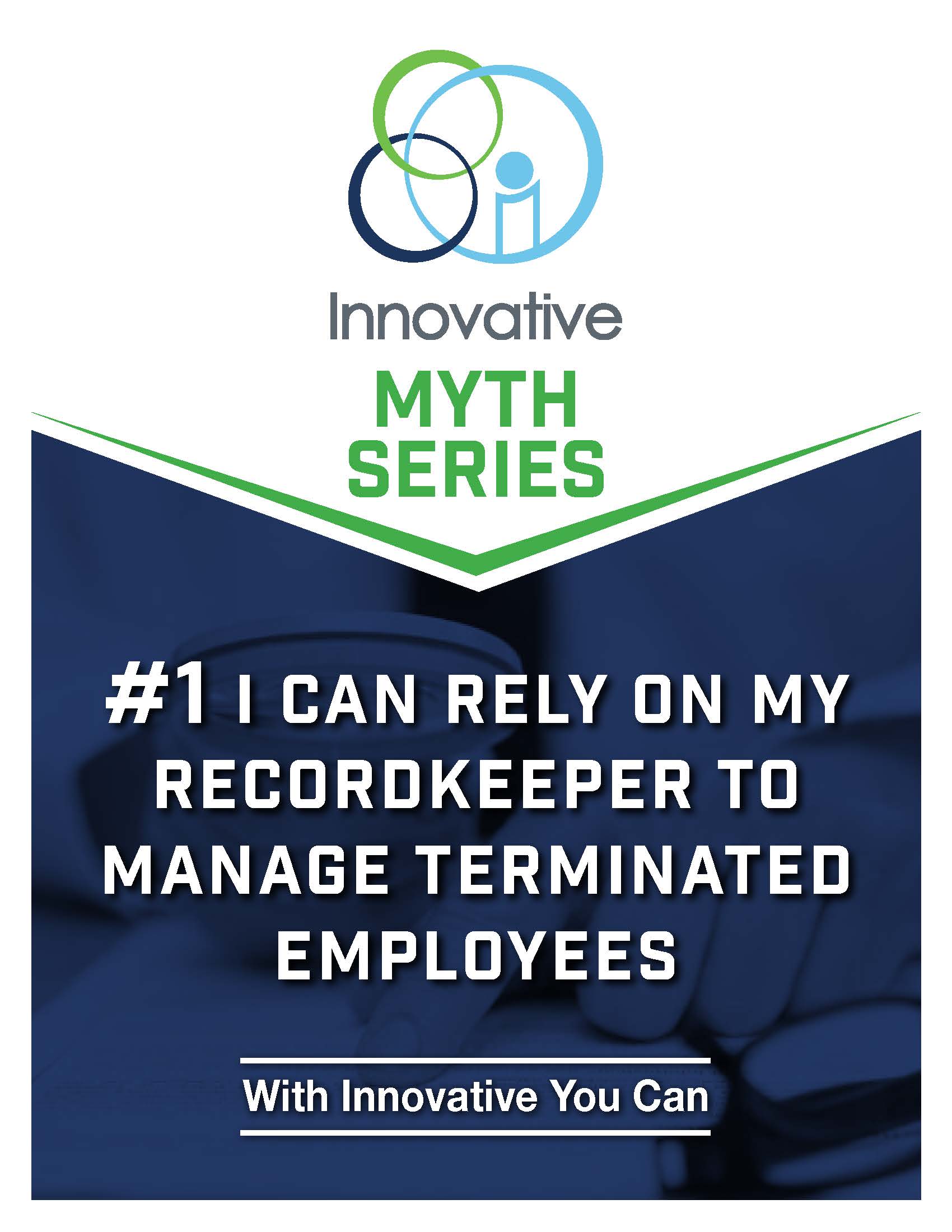The Worst Offenders
Seasonal allergy is caused by tree pollen in the early spring. During the late spring and early summer, the irritating pollen is usually from grasses. Weeds are the typical pollen source in late summer and into the fall.
Tree Pollen
In springtime, trees release huge amounts of pollen. Some common trees like pine, birch, alder, cottonwood, ash and cedar produce the most allergens. The lightest pollens are often the worst allergy triggers. Trees with large blooms like magnolias and dogwoods produce larger, heavier pollens. These trees depend on insects, not wind, to transport pollen. They tend to be lower in allergy potential.
Grass Pollen
Grass pollen levels are affected by temperature, time of day and rain. Ryegrass, Bermuda grass and Timothy are the worst offenders. If grass pollens bother you, it’s best to have someone else mow your lawn when possible. It’s also a good idea to keep your grass cut short.
Weed Pollen
About 75 percent of Americans who have plant allergies are sensitive to ragweed. But other weeds, including pigweed, nettle, curly dock, lamb’s-quarters, sheep sorrel and sagebrush, produce pollen allergens. Ragweed season runs from August to November.
Limit Your Exposure
If spring and summer spell sneezing season for you, consider these steps to reduce your exposure to pollen:
• Keep an eye on the pollen count, which is often included in weather reports. Stay inside as much as possible when it’s high.
• Pollen counts are highest in the early morning and on dry, windy days.
• Wear wrap-around sunglasses to keep pollen out of your eyes.
• Keep car windows closed. Turn on the air conditioning to prevent pollen from entering the car.
• Don’t lie on freshly cut grass.
• If you have to work outside when the pollen count is high, wear a dust mask.
• Change into clean clothes when you get home. Wash the clothes you wore outside.
• Keep your windows closed at night. If possible, use air conditioning, which cleans, cools and dries the air.
Is It a Cold or Seasonal Allergies?
If you tend to get a cold at the same time in the spring or fall every year, it’s possible you actually have a seasonal allergy. Viruses cause colds. Allergies are triggered by exposure to an allergen. Use this chart to help tell the difference.
| Symptoms | Cold | Airborne Allergy |
| Cough | Common | Sometimes |
| Fatigue, Weakness | Sometimes | Sometimes |
| Itchy Eyes | Rare or never | Common |
| Sneezing | Common | Common |
| Sore Throat | Common | Sometimes |
| Runny or Stuffy Nose | Common | Common |
| Fever | Sometimes | Never |
| Duration | 3 to 14 days | Weeks (for example, 6 weeks for ragweed season) |
| Treatment |
|
|
| Prevention |
|
Avoid those things you are allergic to such as pollen, house dust mites, mold, pet dander |
|
Slow-Roasted Asparagus with Sesame Oil While asparagus is available year round, it’s plentiful and at its lowest price in the springtime. Slow roasting produces tender, bright green spears. The technique works well with green beans, carrots and parsnips, too. |
|||
Ingredients 1 ½ pounds fresh asparagus 1 tablespoon sesame oil 2 tablespoons less-sodium teriyaki sauce 1 tablespoon rice wine vinegar or cider vinegar
|
Preparation
|
Nutritional info (per serving) 55 Calories 3g Fat 0.5g Saturated fat 3g Protein 6g Carbohydrate 2g Fiber 163mg Sodium
Copyright © 2013 Alere. All Rights Reserved |
|











